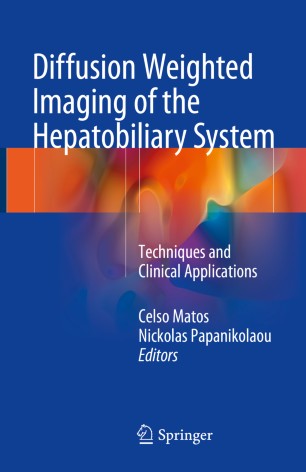

Most ebook files are in PDF format, so you can easily read them using various software such as Foxit Reader or directly on the Google Chrome browser.
Some ebook files are released by publishers in other formats such as .awz, .mobi, .epub, .fb2, etc. You may need to install specific software to read these formats on mobile/PC, such as Calibre.
Please read the tutorial at this link: https://ebookbell.com/faq
We offer FREE conversion to the popular formats you request; however, this may take some time. Therefore, right after payment, please email us, and we will try to provide the service as quickly as possible.
For some exceptional file formats or broken links (if any), please refrain from opening any disputes. Instead, email us first, and we will try to assist within a maximum of 6 hours.
EbookBell Team

0.0
0 reviewsThis book presents the core principles and technical aspects of Diffusion Weighted Imaging (DWI), as well as pearls and pitfalls concerning the imaging technique’s application to the hepatobiliary system. All technical aspects and clinical applications discussed focus on the related anatomical region and its pathologies.
Given that magnetic resonance physics is complex and can be cumbersome to learn, the volume editors and authors have made it as simple and practical as possible. Accordingly, tables related to technical details (imaging protocols, artefacts, and optimization techniques) are provided for each chapter.
Though DWI is frequently used in the abdomen and pelvis, its clinical role is still evolving, especially for the diagnostic workup of oncologic patients. Although certain efforts have been undertaken to standardize and provide imaging guidelines for different clinical indications, the standardisation and clinical validation of quantitative DWI-related biomarkers are still works in progress.
Addressing this gap, the book offers a useful tool for radiologists with a particular interest in abdominal radiology, as well as for radiology residents.